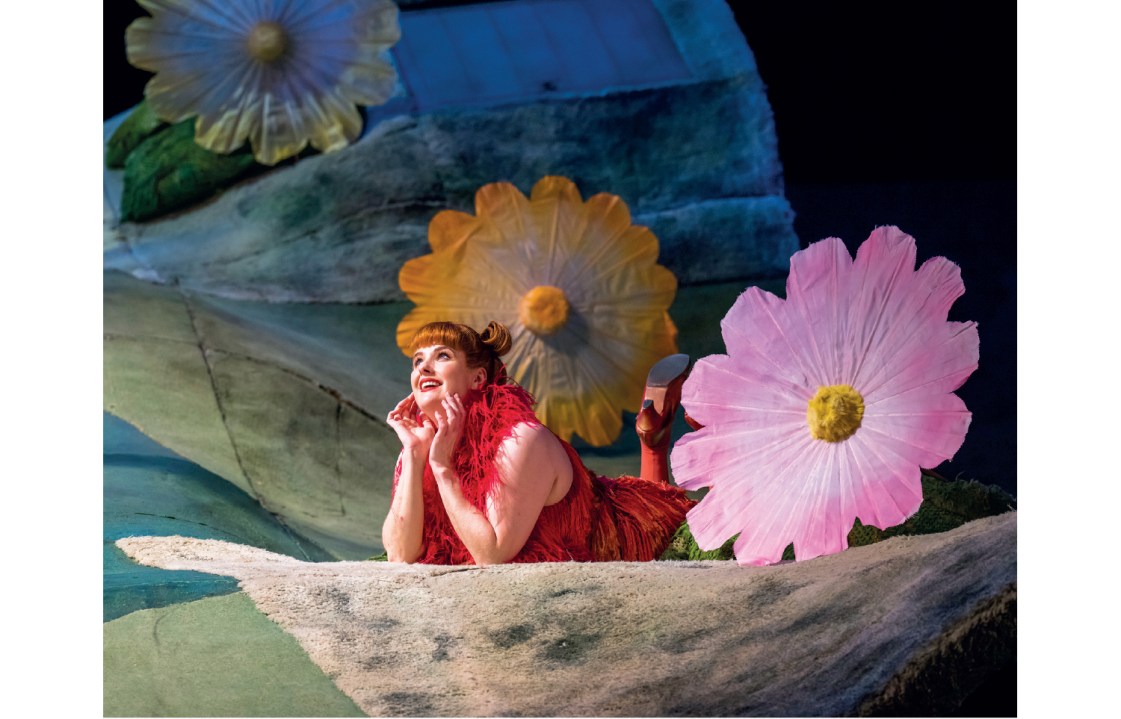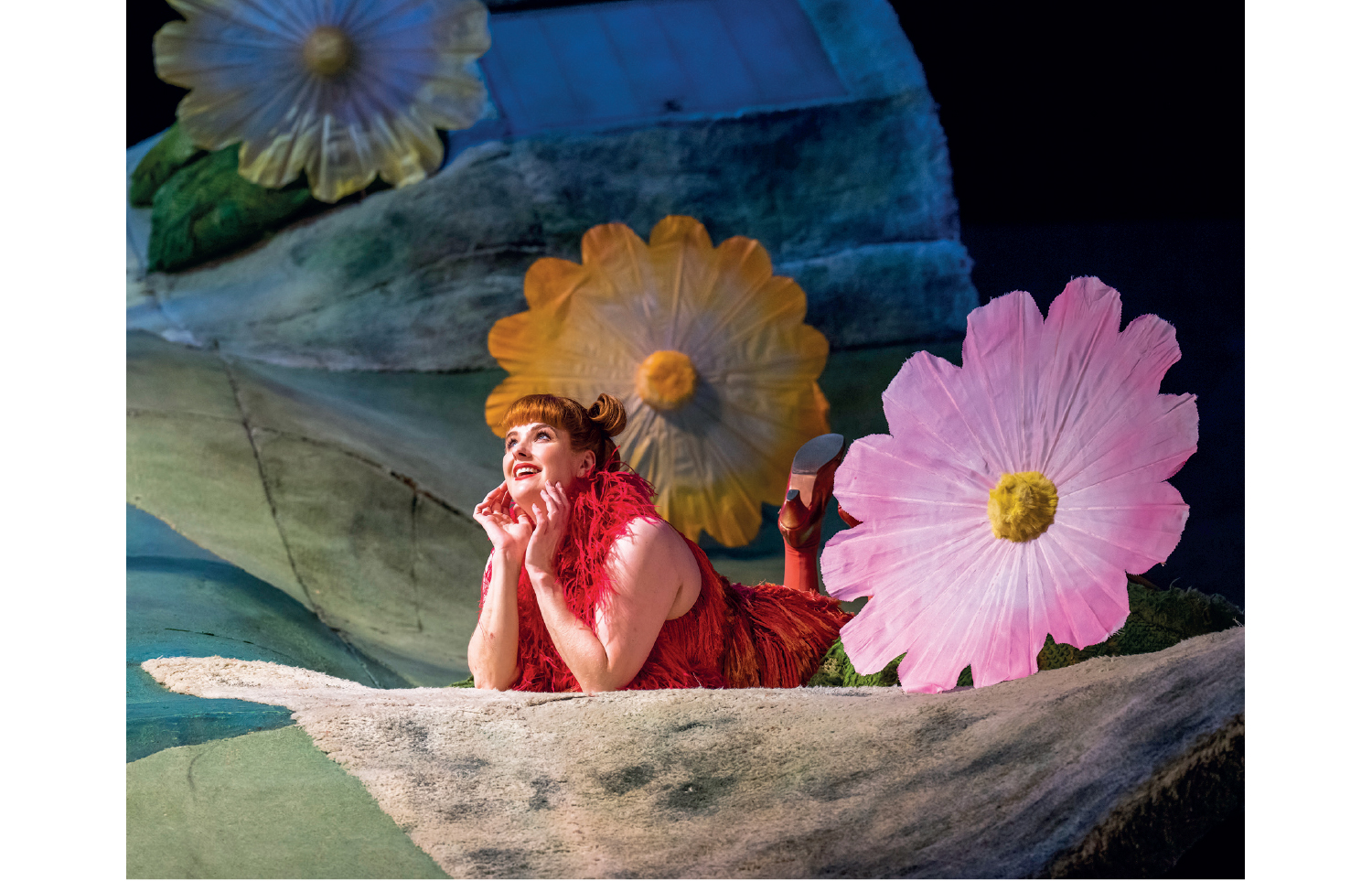Opera North has begun 2023 with a couple of big revivals, and it’s always rewarding to call in on these things and see how they’re holding up. The long-lived, endlessly revived classic production is one of the quirks of operatic culture. It actually feels disconcerting, as a regular operagoer, to go to the conventional theatre (you know, the vanilla kind where they don’t sing) and discover that they’ve started again from scratch. A completely new Tempest? What was wrong with the 2016 staging? Possibly it’s to do with the financial realities of an art form that needs to keep a full orchestra and chorus on the payroll. A Year Zero policy every other season simply isn’t economically viable.
Some opera productions are just so close to perfect that they can seem like the last word
Or possibly it’s because some opera productions are just so close to perfect that they can seem like the last word. The Miller Mikado is one; the Cox/Hockney Rake’s Progress (due out again at Glyndebourne this summer, and looking spry at 48), is another. In its 43rd year, Sir David Pountney’s staging of The Cunning Little Vixen has been around a bit. But the dancing, tumbling insects and animals; the birds in their rocking chairs; set designer Maria Bjornson’s billowy counterpane of patchwork fields – they still just feel so right. In the scene changes – the points where some elderly productions creak loudest – Pountney’s Vixen defies age. There’s one particular visual effect (regulars will know, but on the Mousetrap principle it wouldn’t do to spoil it for first-timers) that’s so simple and yet so magical that the Leeds audience laughed out loud in surprise and delight.
Pountney oversaw this latest revival in person and took a bow at the end, sideburned and waistcoated like some yeoman farmer out of Thomas Hardy.








Comments
Join the debate for just £1 a month
Be part of the conversation with other Spectator readers by getting your first three months for £3.
UNLOCK ACCESS Just £1 a monthAlready a subscriber? Log in